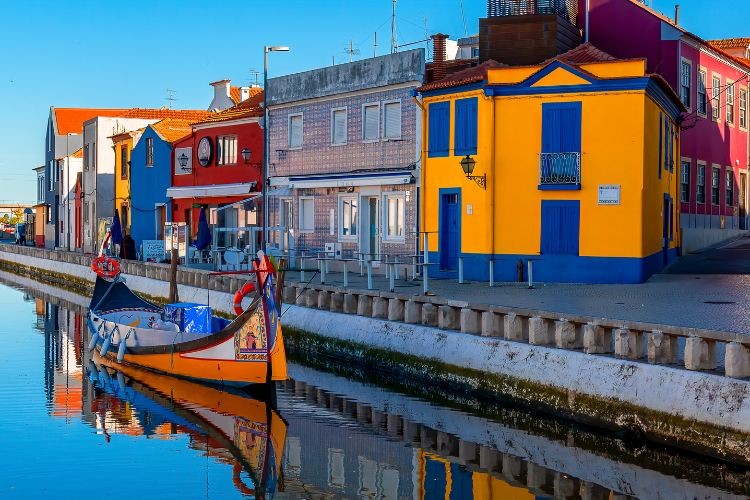What is the real connection between population growth and climate change?
We have covered climate change from many different aspects so far. People often refer to population increase as the main driver of climate change. However, this is far from the truth. In our article, we would like to shed light on the real connection between climate change and an increasing world population.
Let’s start with the facts: Climate change isn’t caused by population growth. Greenhouse gas emissions from burning fossil fuels cause it.
What’s at risk, and what is linked to what?
A warming planet threatens our food security, freshwater supply and even human health. We know that we need to dramatically reduce our greenhouse gas emissions into the atmosphere if we are about to limit our impact on climate change and prevent the acceleration of negative processes. While there are certain reasons to believe that limiting population growth could solve our problems, reality paints a different picture, and we need to explore the true link between the climate crisis and the rapid growth of mankind. It is a hot topic, especially given the fact that about 2 billion people are to be “added” to our population by the year 2050.

Consumption – of whom?
Certainly, more people mean more consumption, leading to increased emissions of climate-changing greenhouse gases. But not so fast! As the U.K.-based charity Population Matters writes, “Every additional person increases carbon emissions—the rich far more than the poor—and increases the number of climate change victims—the poor far more than the rich”. And this message should deeply sink in those who try to understand what should be done and why. We might even entangle with some climate justice topics if we deep-dive into the topic further. High-consuming lifestyles and production practices in the highest-income countries result in significantly higher emission rates than in middle- or low-income countries, where, we know, the majority of the world population lives.
According to Population Connection, people living in the United States, Australia, and Canada, have carbon footprints close to 200 times larger than people in some of the poorest and fastest-growing countries. But middle-income countries also matter since they provide a home to 75% of the population, and industrialization will also increase their standard of living, resulting in changing consumption levels and larger and larger environmental footprints.

Affluence is the driver of human-induced climate change
U.N. reports show that global resource use has been primarily driven by increases in affluence, not the population. This is especially true in high- to upper-middle-income nations, which account for 78 percent of material consumption, even though they actually have slower population growth rates than the rest of the world.
At the same time, in low-income countries, whose share of the global population has almost doubled, demand for resources has stayed constant at just about 3 percent of the global total.
Worst impacts on those least responsible
Unfortunately, despite the fact that people in some of the world’s most impoverished regions contribute very little to emissions, they will have to endure some of the worst effects of climate change and its disastrous impacts. They will be dramatically more prone to experiencing weather extremes, water stress, and food shortages that result from our actions and their effects: climate change.
Of course, the planet cannot support unlimited population growth, but the solution lies elsewhere. We need to change how the most developed part of the world is thinking about production and consumption. We need to burn less fossil fuels, transform our energy and transportation systems, and bring about valuable changes in our industrial processes.



